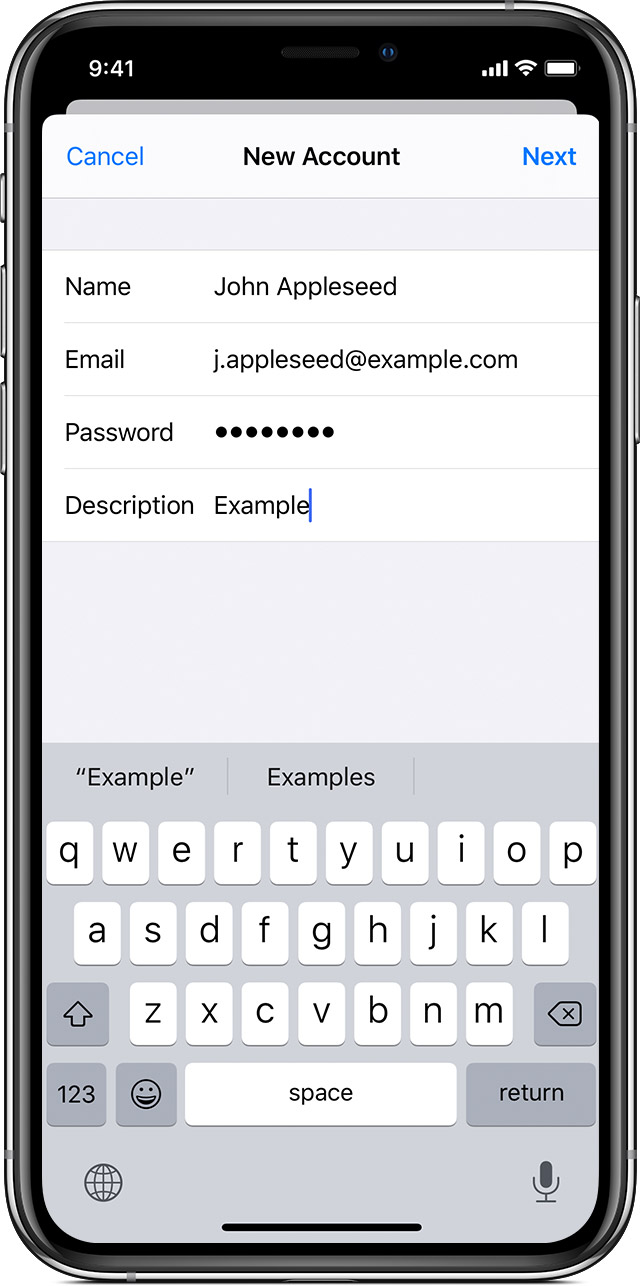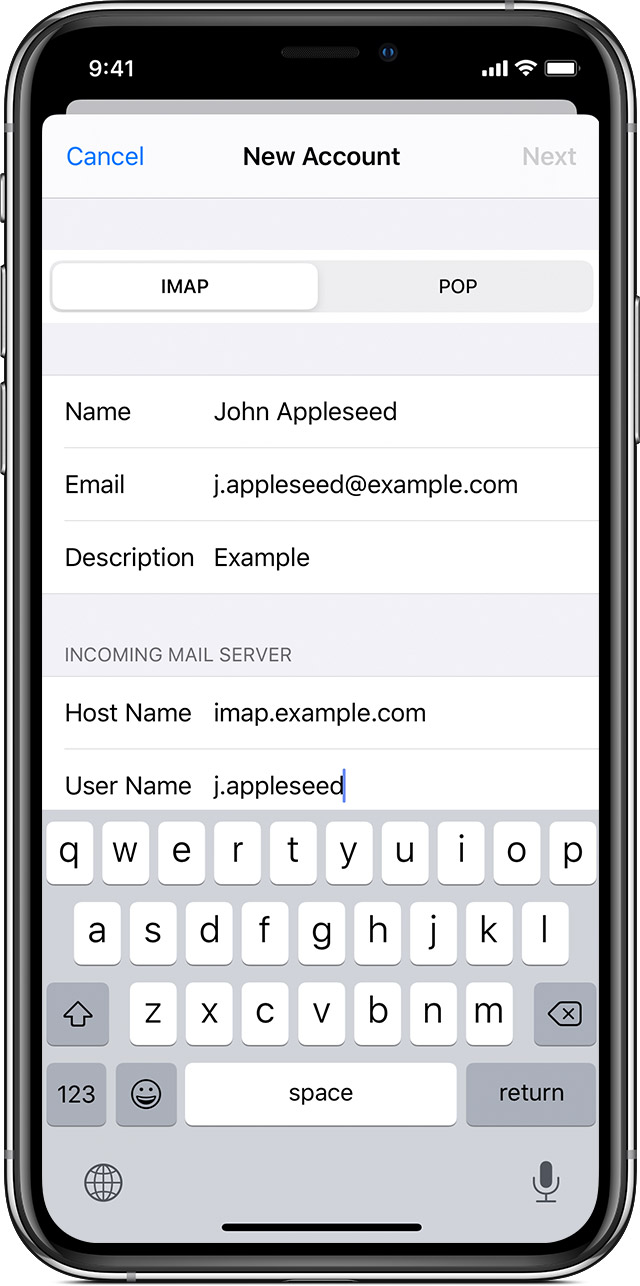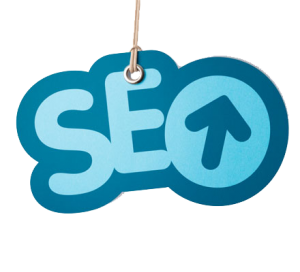A Step By Step Guide To Setting Up E-Mail on Your iPhone
With so many different models of iPhone currently available on the market, it is little wonder that people often get a little confused when it comes to adding their e-mail account to a new phone. However, the good news is that regardless of the version of iPhone that you have, the process is almost identical from phone to phone.
By following our step by step guide, you will be able to add your existing e-mail account to your phone with the absolute minimum of fuss.
Please Note – The instructions below are correct as of 10th April 2024.
To configure your account on iPhone, please do the following:
How to set up your email account automatically
If you use an email provider like iCloud, Google, or Yahoo, Mail can automatically set up your email account with just your email address and password. Here’s how:
- Go to Settings > Scroll down to Apps and tap Mail
- Tap Mail Accounts
- Tap Add Account
- Select your email provider.
- Enter your email address and password.
- Tap Next and wait for Mail to verify your account.
- Choose information from your email account, like Contacts or Calendars.
- Tap Save.
If you don’t see your email provider, tap Other to add your account manually.


How to set up your email account manually
If you need to set up your email account manually, make sure that you know the email settings for your account. If you don’t know them, you can look them up or contact your email provider. Then follow these steps:
- Go to Settings > Scroll down to Apps and tap Mail
- Tap Mail Accounts
- Tap Add Account
- Tap Other, then tap Add Mail Account.
- Enter your name, email address, password, and a description for your account.
- Tap Next. Mail will try to find the email settings and finish your account setup. If Mail finds your email settings, tap Done to complete your account setup.


Enter account settings manually
If Mail can’t find your email settings, then you need to enter them manually. Tap Next, then follow these steps:
- Choose IMAP or POP for your new account. If you aren’t sure which one to choose, contact your email provider.
- Enter the information for Incoming Mail Server and Outgoing Mail Server. Then tap Next. If you don’t have this information, try to look it up or contact your email provider.
Note: For username use your email address. - If your email settings are correct, tap Save to finish. If the email settings are incorrect, you’ll be asked to edit them.
If you still can’t set up your email account or save your email settings, contact your email provider.

Learn more about Mail
- If you can’t send or receive emails, learn what to do.
- Learn more about using a POP email account.
- If you don’t know your email settings, try to look them up.
- Learn how to set up an Exchange account.
We are hiring
We are always on the look-out for top class people to join our growing team.
Currently Seeking… Web Design and SEO Sales/Account Manager
We have great relationships with our existing clients and have retained a very solid client base. We pride ourselves on retaining loyalty from our clients and are looking to exand upon this.

We are looking for an ambitious self-motivated person to join our team as a Web Design and SEO Sales/Account Manager. Your role will include meeting with clients and potential clients at their premises or at our offices, possibly working remotely (ideal for working from home).
Working closely with our existing team of SEO and web designers and building up solid relationships with our clients. Preferably based in the South East and covering the Home Counties and London.
The role will include:
- Looking after existing clients.
- Generating new sales and leads for SEO (search engine optimisation) and web design.
- Working closely with our design team and SEO team.
- Visiting clients at their premises and at our offices.
- Marketing the company via social media, mailing campaigns and other on-line outlets.
You will need to have sales experience and an understanding of web design and SEO. Training will be given.
Excellent package inc basic, commission, company car and expenses.
This position is likely freelance but possibly an employed basis. You will have the option to work remotely too.
If you are interested and can demonstrate the above please contact us or send your CV to: ant@footprint.co.uk
A Beginners Guide To Local SEO – Part 2 – Directories
The previous part of our beginners guide to local SEO has proven to be very popular so we thought a great way to finish off the year would be to add part 2 to our blog.
In the next part of our beginners guide, we will highlight just how important directories can be for any local business.
Aren’t Directories A Thing of the Past?
Whilst the days of the hard copies of the phone directory and the Yellow Pages may be disappearing quickly into the past, online directories have never been more popular  and are therefore well worth spending some time investigating.
and are therefore well worth spending some time investigating.
The trick with making the most of the potential offered by online directories is choosing the right ones to submit your business details to.
To try and make things a little easier for you, we can tell you straight away that there are two types of directory you should be looking for: The kind which is so big that potential customers cannot ignore it (step forward Yelp.com for example!) and the type of directory which may be a little more niche but is still likely to be used by your prospective customers. Whilst you may find that whilst compiling your target list you find a number of directories that fill both criteria, it is important not to neglect the latter group.
Please Note – To help you along your way, you can find a pretty comprehensive list of directories here, with the biggest highlighted in red.
A Little Bit of Homework
To help ensure that you identify the directories which are most likely to benefit your business, there are a couple of things that you can do to help narrow down the field.
- Ask your existing customers how they found out about your business
- Take some time to find out which directories your competitors are using
Once you’ve done this, you will then be ideally positioned to create a list of the most suitable directories to submit your details.
Please Note – We cannot emphasize this strongly enough, ‘continuity is key’. The goal of directory listing submissions is not to make as many as possible, it’s about making sure that your business is listed on the most relevant sites along with making sure that your details are consistent and accurate.
What To Do Next?
Once you’ve carried out the above steps, you are going to be in pretty good shape but following the next few steps will help to move things forward even further.
- Have you heard of Bing Places? Whilst it’s not as popular as Google Maps, it still attracts a huge number of visitors each month and is well worth taking advantage of – Set your business up on Bing Places.
- Make sure you’re on Yelp. You will probably have already done this but just in case it slipped through the net, please make sure that you do it now. Yelp is used by Apple Maps, so if you want to let iPhone users know where you are, then you need to be on there.
- Encourage customers to leave you reviews. Even the odd bad one is not necessarily a disaster, however it is obviously in your best interests to get as many good ones as possible.
The submission of online directories also offers another HUGE benefit but you will have to check back with us again soon to see what that is!


